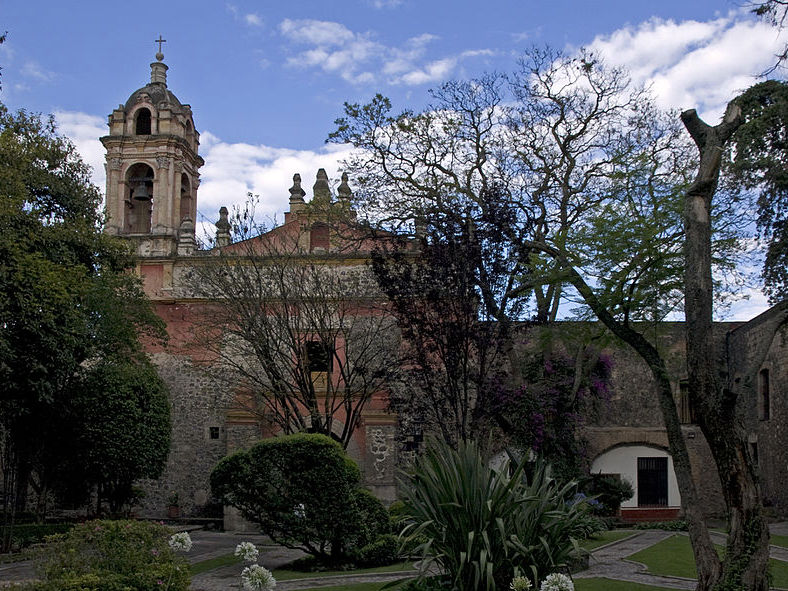
_
Among the oldest churches in Mexico City, the San Jacinto Monastery was founded in the mid-16th century as a small hermitage, probably more like a chapel. It became an official church by 1580. The Dominicans added several installations intended to take advantage of the nearby waterfalls in San Ángel, including apparatuses to run their spinning and weaving equipment.
The church, and its austere nave, is typical of ecclesiastical buildings of the era and contrasts with the vivid colors of the gardens and the atrium. Here, though, visitors will find one of the first atrial crosses carved in stone and mixing some Christian and pagan elements. It’s thought to reflect something of the cosmology of the craftsmen who created it. The retablo, the altarpiece, is carved in an ornate churrigueresco style, and is perhaps one of the finer examples of the style to be found in the area.
The park behind the church contains both the Plaza de los Cielos, and the Plaza de los Arcángeles, both surrounded by the high walls of the former monastery complex and numerous examples of very exciting architecture from the 17th and 18th centuries. As a setting for a weekday stroll, they just don’t come much better.
Declared a historical monument on September 6, 1932, it’s a popular church to pop into when visiting the Saturday artisan market in the Plaza de San Jacinto. The complex also includes the Casa del Risco, also on the Plaza San Jacinto, as are numerous art galleries, cafes, and restaurants.
 55 5616 2059
55 5616 2059
 https://www.facebook.com/pages/Parroquia-San-Jacinto-San-Angel/157235261634777
https://www.facebook.com/pages/Parroquia-San-Jacinto-San-Angel/157235261634777
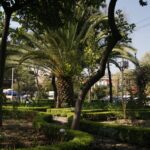
Nearest at 0.06 kms.
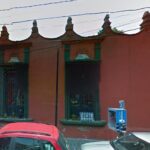
Nearest at 0.08 kms.

Nearest at 0.13 kms.

An exciting cultural center devoted to music, theater, technology, and art.
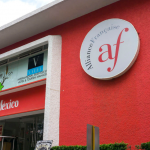
A vibrant cultural and language center in a treelined corner of Chimalistac . . .
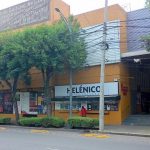
One of Mexico City's most strident theatrical stages . . .

One of the Avenida Revolución's handy shopping centers and commercial plazas . . .
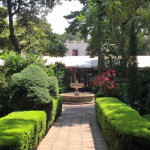
A top restaurant in a historic hacienda and a stunning surrounding neighborhood . . .